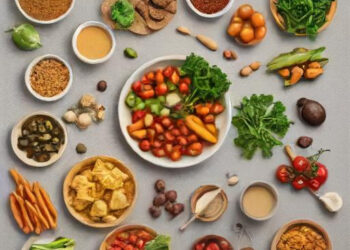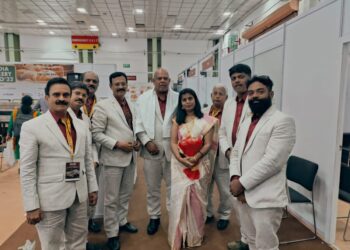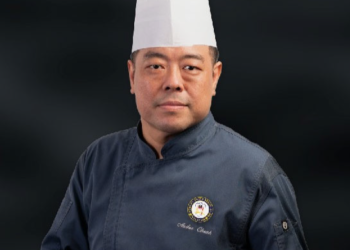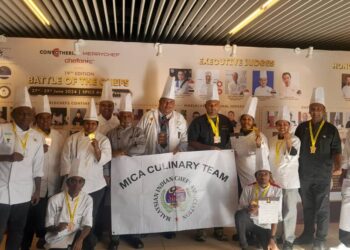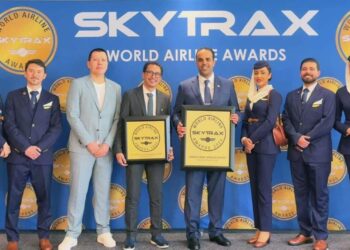-KH News Desk (cbedit@imaws.org)
To advance the study of carbon capture technologies, Coca-Cola Europacific Partners (CCEP) has signed two new partnership agreements with European research teams at Universitat Rovira I Virgili (URV) in Tarragona, Spain, and the University of Twente (UT), in the Netherlands.
The recently announced agreements seek to apply carbon capture throughout the entire supply chain of the company.
Through the research, CCEP Ventures (CCEPV), the innovation investment division of Coca-Cola Europacific Partners, will investigate how the captured CO2 might be converted into beneficial supply-chain items like sugar and packaging materials.
With the use of technology, CCEP will lessen its carbon impact and attain net zero by 2040, one of its sustainability goals. The utilisation of agricultural components like sugar is responsible for about 25% of the company’s CO2 footprint.
The newly established research partnership between the two universities will concentrate on developing fresh approaches to convert carbon dioxide into a feedstock for sugars, which are crucial for the carbonation of soft drinks and are also an essential part of the synthetic fuels required to power infrastructure.
The Peidong Yang Research Group at the University of California, Berkeley, and the largest Coca-Cola bottler in the world had previously partnered to create scalable strategies for turning collected CO2 into sugar.
The NASA CO2 Conversion Challenge’s winners were the Peidong Yang Research Group. Peidong Yang, a professor of chemistry on the university’s campus, claims that Coca-Cola came out to inquire about the technology.
Participants in the competition were given the task by NASA to develop a brand-new, nonbiological method for converting carbon dioxide into glucose.
Yang added that Coca-assistance Cola’s will enable the team to better utilise their technology and fully convert the formaldehyde and glycolaldehyde into glucose.
“The purity is not ideal… Certainly, Coca-Cola wants purer glucose. Then, the yield and production rates … are the two major bottlenecks we need to remove, and in the next few years we want to optimize both the selectivity and purity of a particular sugar and the production rates,” explained Mr. Yang.


